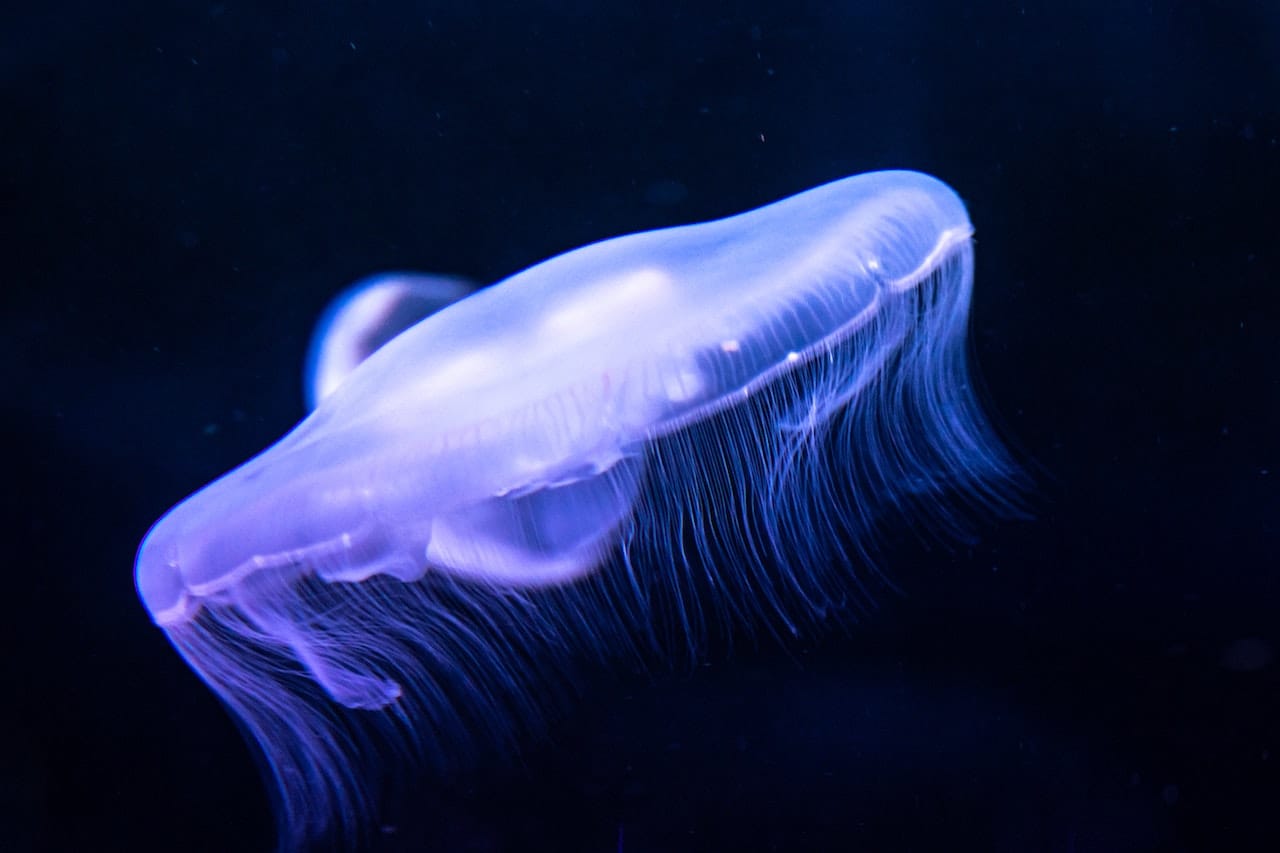Understanding the Jellyfish/Sea Lice Connection and How It Might Help Us Live Forever
Share
Throughout the summer, you may have noticed box jellyfish warnings for the beaches in Town.

This is something that those of us who have lived on Oahu for years have become used to, but many of us don’t actually understand why these warnings exist or why there are times when there are more jellyfish in the water than others. Obviously, we know that the east side gets inundated with Portuguese man-o-war when the trades are strong, but why does the South Shore get hammered with box jellyfish?
As it turns out, it all has to do with the moon phase. Jellyfish mate outside of the reefs a few nights after the full moon. As the big high tides recede a few days after the full moon, the jellyfish that washed to the inshore area during their mating phase get trapped inside the reefs. Thus, we can predict with nearly calendar-like certainty that there will be an influx of box jellyfish on the South Shore approximately 8 to 10 days after the full moon each month. This is why we see warning signs and occasional beach closures for a few days each month.
What many people don’t realize is that the products of those mating cycles result in another ocean pest that seem to enjoy making out lives miserable. Many of us have suffered the itchy torture of sea life after getting stung during surf sessions, but I didn’t realize until just recently that sea lice are actually baby jellyfish.
Because they are so small, we often don’t see them when they sting us. And because they are still babies, their stings are often not enough to notice in the moment. But a few minutes after we are stung, the toxins start to make us itch and can even give us a raised rash on our skin that can itch for days afterward.
Interesting research recently surfaced about a jellyfish called the “immortal jellyfish.” Turritopsis dohrnii is a species of jellyfish that can reverse its biological aging process.
Most jellyfish go through a larval stage and then eventually attach to the sea floor and take the form of a polyp. During this phase of its life, the jellyfish reproduces asexually, essentially cloning itself and releasing more larva. Jellyfish then eventually grow into the mature “medusa” shape that we generally associate with the species, floating around and stinging people, while also entering into the sexual reproduction phase. After reaching this phase and reproducing, most jellyfish end up dying.
But Turritopsis dohrnii is able to regenerate its body and actually revert to the larval stage—essentially being reborn as a baby and floating around until it finds a surface to anchor to and reenter the polyp stage. From there, it reproduces asexually, then matures into an adult jellyfish that can reproduce sexually and continues the life cycle—theoretically forever, as long as it doesn’t get eaten by some other creature.
Scientists are pretty interested in the immortal jellyfish’s ability to regenerate over and over, and have recently mapped its genome to try to learn what mechanisms it uses to do so. The hope is that we will be able to use some of those mechanisms to figure out a way to help humans live longer and age more slowly.
